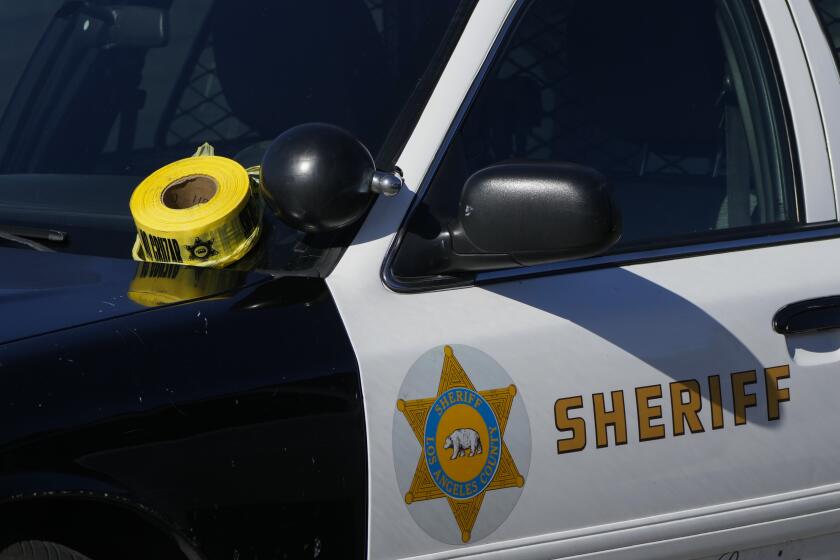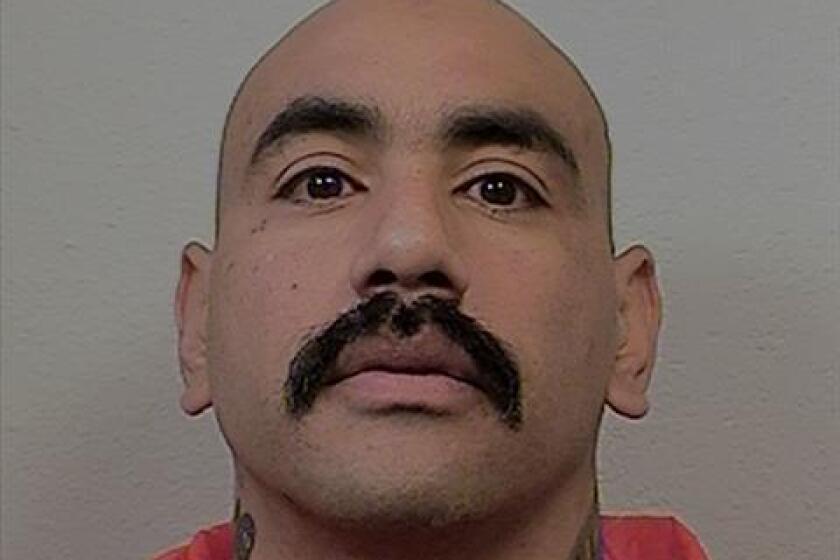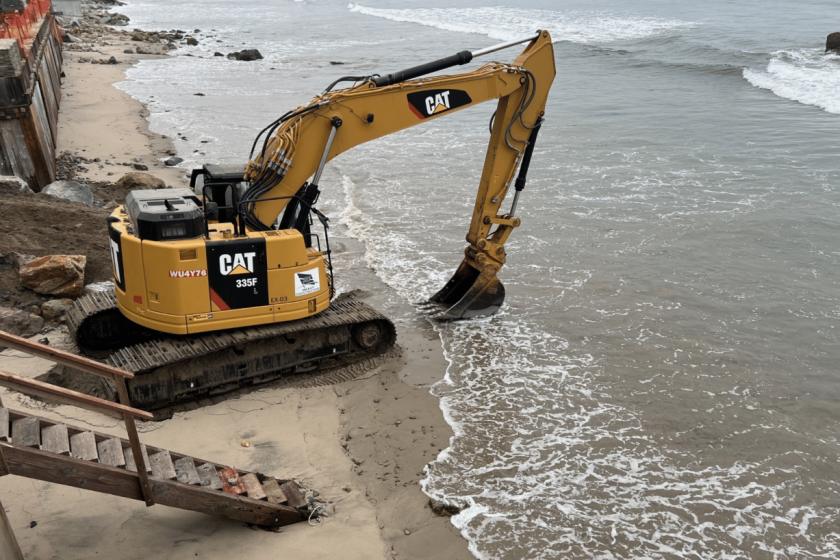Fanciful Ideas Offered to End Police Pursuits
Necessity may be the mother of invention, but on today’s crowded freeways it’s frustration that really uncorks a flood of ideas.
A couple of readers wrote with suggestions to quickly end those annoying police pursuits that cause gridlock and headaches on our already crowded freeways.
Esther Norbut of La Crescenta suggested that police use a helicopter to lift fleeing motorists off the freeways and set them down where they can’t disrupt the daily commute.
Question: I have wondered why law enforcement does not use helicopter cranes that are capable of lifting very heavy objects? It would appear to be so easy, with guidance from the ground and other copters, to just pluck the wayward auto out of the traffic.
Another reader, Mike Pasternak of Thousand Oaks, wrote to suggest that police sharpshooters “simply put an armor-piercing round through the engine block” of the offending motorists.
Answer: OK, so these ideas sound pretty extreme, but consider this: Los Angeles Police Sgt. Ronald Moen, an expert on police pursuits, said he once seriously thought about using a helicopter equipped with a powerful magnet to end such chases.
Moen said he quickly realized the idea had too many drawbacks: What if the magnet fails as the car hovers 300 feet over a crowded freeway? How do you keep the occupants of the airborne car from jumping out? What if the suspect in the car wears lots of chains and medallions? Wouldn’t the metal jewelry be drawn to the magnet, thus strangling the motorist?
The other problem with both ideas is that police can’t always anticipate the direction of the fleeing motorist. We can’t expect a crook to slow down so the helicopter can position the magnet overhead or stay in one lane so that the sharpshooter can take aim on the engine block.
That is the problem with bad guys these days: They are just not very cooperative.
*
Speaking of using deadly force on bad drivers, Burt Prelutsky of Los Angeles is annoyed with drivers who fail to pull into a signaled intersection to wait for oncoming traffic to clear before making a left turn.
He points out that motorists who wait behind the crosswalk make it nearly impossible for the drivers behind the offending motorist to make a left turn before the light turns red.
Q: My question is whether it is legal to shoot these people and, if so, can you collect a bounty on them?
A: Burt, you may want to switch to decaffeinated coffee. It’s certainly a frustrating problem, but lethal force is not warranted.
As for your question, it is perfectly legal and--in many cases recommended--for motorists to pull into the intersection and wait before making a left turn.
However, Los Angeles Police Officer Connor MacIvor, a veteran traffic cop in the San Fernando Valley, notes that there are exceptions to this rule.
For example, you should not enter the intersection when traffic is so heavy that you are certain to be stranded in the middle when the light turns red. You can be cited for blocking traffic.
Ultimately, it is up to each motorist to use common sense in this situation. (Obviously, common sense is not so common these days.)
*
In a related question, Stanley Shyn of La Jolla wanted a clarification on the rules for making a right turn at an intersection when a pedestrian is crossing in front of your car.
Q: Is there some “halfway point” rule where it might be OK to complete the right turn if the approaching pedestrian is still closer to the other side of the street?
A: There is no such rule in the California Driver’s Handbook. But the handbook does say that pedestrians have the right of way at corners whether or not the crosswalks are painted.
Deborah Murphy, founder of the advocacy group Los Angeles Walks and head of the city’s Pedestrian Advisory Committee, said motorists can make the right turn while a pedestrian is in the crosswalk, but only if your car is not in danger of hitting or blocking the path of the pedestrian. She suggests that drivers use common sense--oh, boy--and remember that most pedestrian deaths occur at intersections.
*
In a column last month, a reader suggested using inflatable walls to block motorists’ views of freeway accidents, thus eliminating that loathsome human malady: rubbernecking.
Since then, other motorists have written in to suggest solutions, including this idea from Terry Applegate of Pomona.
Q: Instead of an inflatable screen, what about height extenders on top of the existing center dividers? They could be made of durable opaque plastic, fiberglass or something similar. While it would be expensive to retrofit all of the state’s freeways, it could be done as a part of the normal routine maintenance and spread out over several years.
A: Terry is right. It would be expensive. But the real big costs would be in the maintenance of such “looky-loo” screens on California’s 15,000 miles of freeway.
Caltrans has for years maintained steel mesh “glare screens” along the top of the freeway dividers in many areas. The prime objective of the mesh is to block the headlight glare from oncoming cars. But the mesh routinely deteriorates because of exposure and auto accidents.
The cost and the danger of sending maintenance crews into the middle of a speeding freeway to replace them has become so high that Caltrans construction standards now recommend 3-foot-high concrete “glare screens” on top of the dividers. But those are only allowed if an in-depth engineering study can justify the cost.
In short, it may be too expensive to design a freeway to eliminate rubbernecking.
“From a practical point of view, I don’t think there is a way to prevent that random situation,” said Chuck O’Connell, a former Caltrans deputy district director who helped design the Century Freeway.
Maybe, someday, doctors can isolate the faulty gene in the human brain that causes motorists to step on the brake and mindlessly stare at roadside accidents. Hey, there is no harm in dreaming.
*
If you have questions, comments or story ideas regarding driving in Southern California, write to Behind the Wheel, 202 W. 1st St., Los Angeles, CA 90012, or send an e-mail to behindthewheel@latimes. com.
More to Read
Sign up for Essential California
The most important California stories and recommendations in your inbox every morning.
You may occasionally receive promotional content from the Los Angeles Times.











